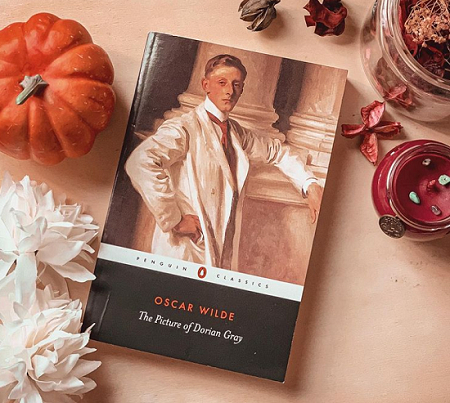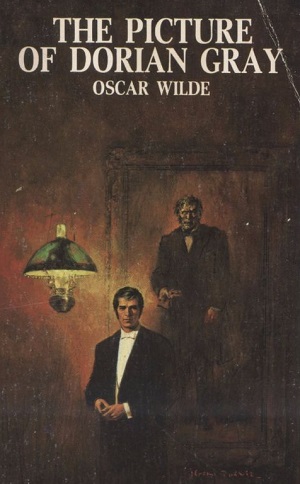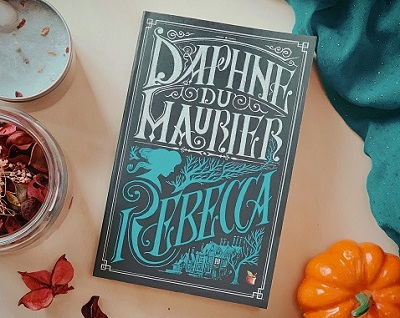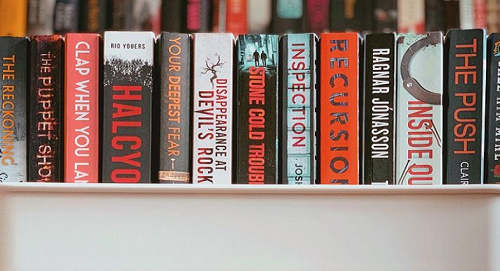
Beauty That Does Not Die: The Darkness of Oscar Wilde’s ‘The Picture of Dorian Gray’
For a long time, I only read snippets and passages from The Picture of Dorian Gray because I figured I knew enough. I’ve watched the movie adaptations and read essays about the book yet I never read it myself. That changed this month when I finally sat down and read it from start to finish. And I loved it!
“The books that the world calls immoral are books that show the world its own shame.“
The Picture of Dorian Gray is a horrifying story of corruption, vanity, and superficiality, with an incisive critique of Victorian England society. A handsome and naive young man, Dorian Gray, has a portrait of himself painted by his friend, Basil. After a conversation with the older and cynical Lord Henry, Dorian feels despair upon seeing his portrait. He believes he will never look that youthful and beautiful again, and he would do anything to look the same. And to his surprise, it happens. He remains physically unchanged throughout the years. But in return, his portrait rots, revealing the darkness of his soul.
“I am jealous of everything whose beauty does not die.“
The book deals with the abuse of power and privilege, the worship of beauty and youth, the forbidden romance between men, and the dark side of influence. Dorian’s relationship with the awful Lord Henry leads him astray but I thought his friend Basil also lets him down. Basil has feelings for Dorian and puts him on a pedestal as an idealised version, unwilling to call him out. That combination of unrequited love and misguided faith has devastating consequences and marks a significant point in Dorian’s downfall.

When Oscar Wilde published a revised version of the book, he removed romantic allusions between Dorian and Basil, as well as Dorian’s more scandalous scenes, but it still got hammered in the reviews. I think the public couldn’t accept a despicable protagonist and a book that reflects the worst of society at the time. There are passages full of philosophical musings and appreciation of the arts, but the writing is also sharp and doesn’t sugarcoat the narcissism of its characters. Dorian’s portrait deteriorates not because he’s intentionally evil but because he’s cruel and selfish. He casually uses people and then discards them aside. His action has a ripple effect that leads to lives ruined, and worse, even deaths.
“Nowadays people know the price of everything and the value of nothing.”
I do believe that Dorian has a sliver of conscience left, which is why the rotting portrait bothers him so much. It forces him to face what he’s done. He could have atoned and paid for his crimes but he doesn’t want to take responsibility for his actions. He thinks that destroying the portrait will allow him to go on living unburdened by his past. In his mind, he can either be good or evil, and it’s easier for him to embrace the darkness. But the truth is both good and evil exist inside of him. All he has to do is make the right choice. His refusal to accept that is what ruins him in the end.
Have you read The Picture of Dorian Gray? Let me know in the comments below!







2 Comments
Pingback:
Pingback: